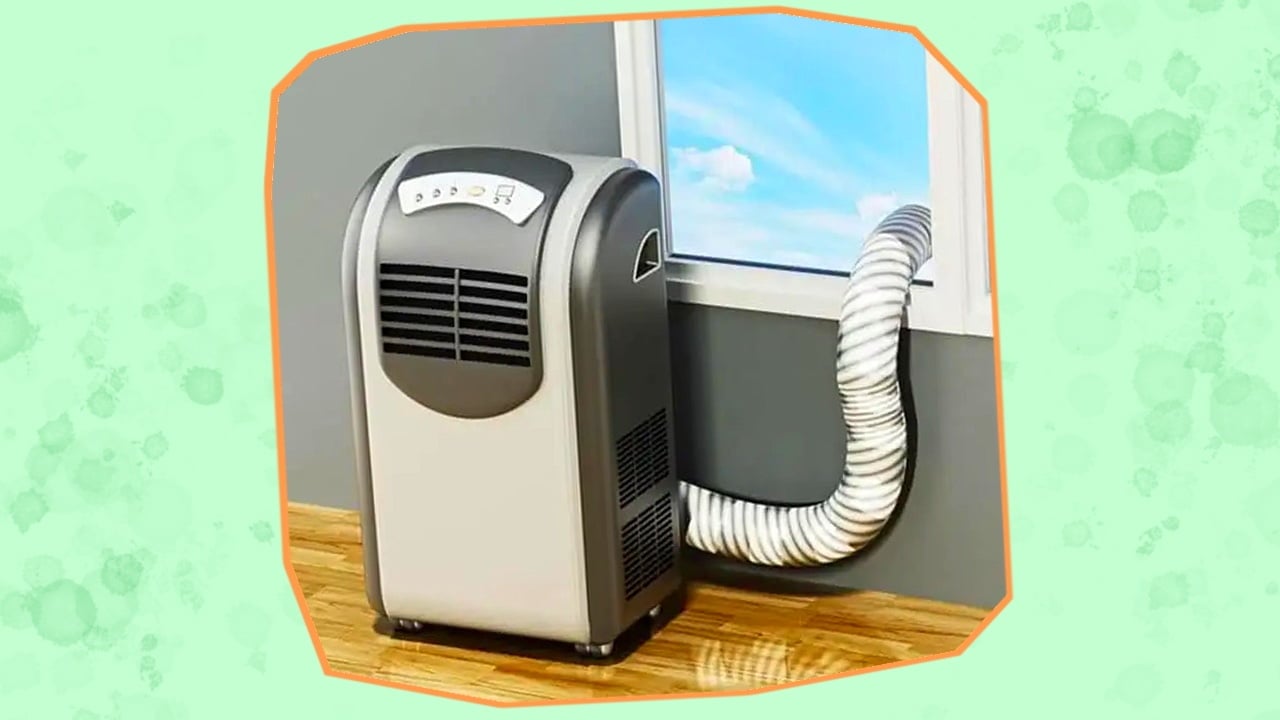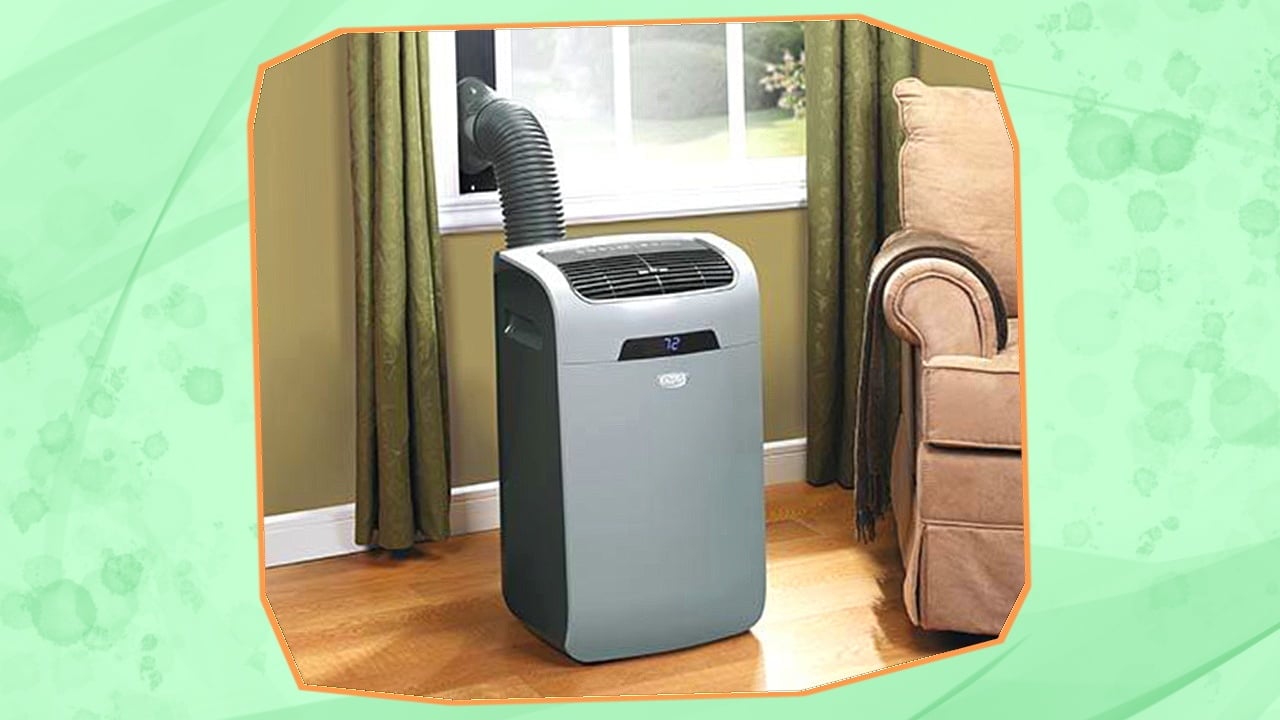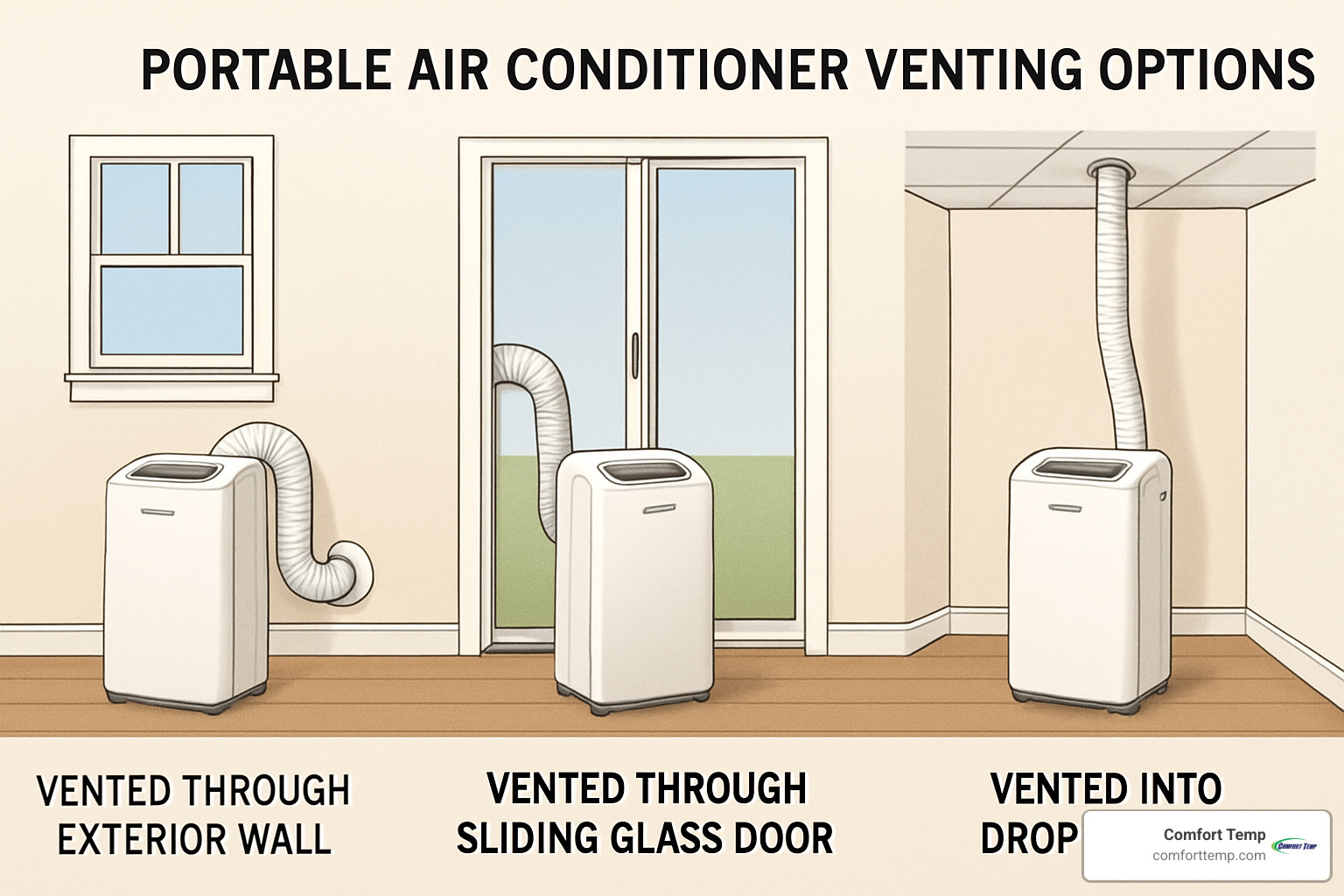How Does A Portable Air Conditioner Work
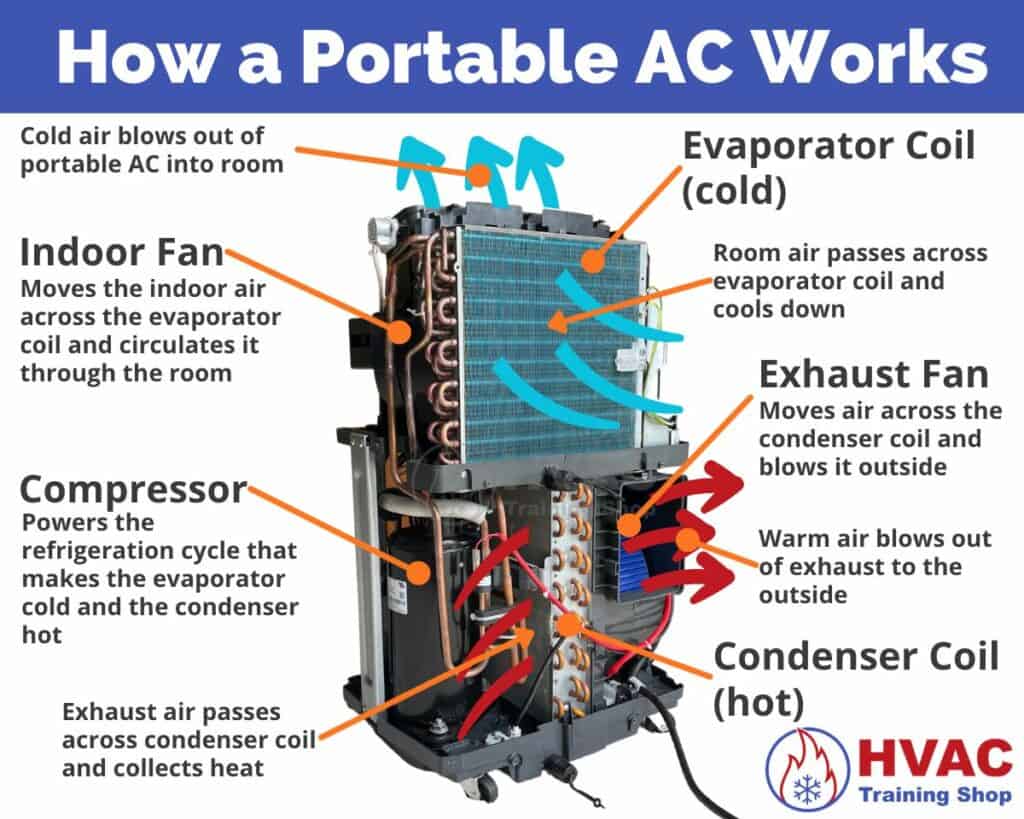
Portable air conditioners offer a convenient way to cool specific rooms without the need for permanent installation. Understanding how they work can help you choose the right model and use it effectively. This guide breaks down the process in simple terms.
The Core Principle: Heat Transfer
All air conditioners, including portable ones, operate on the principle of heat transfer. They don't actually "create" cold air. Instead, they remove heat from the air inside a room and transfer it outside. This process relies on a substance called refrigerant and a few key components.
Think of refrigerant as the "blood" of your AC system, carrying heat from inside to outside.
Key Components and Their Roles
A portable air conditioner consists of the following essential components:
1. Refrigerant
The refrigerant is a special fluid that easily changes between liquid and gas states. This phase change is crucial for absorbing and releasing heat. It cycles through the system, picking up heat inside and releasing it outside.
2. Compressor
The compressor is the heart of the AC unit. Its job is to compress the refrigerant gas, increasing its pressure and temperature. This high-pressure, high-temperature refrigerant is then ready to release its heat.
3. Condenser
The condenser is where the refrigerant releases the heat it absorbed from inside the room. It's a set of coils (usually located at the back of the unit) where the hot, high-pressure refrigerant gas is cooled and condensed back into a liquid. A fan blows air across the condenser coils to facilitate this heat dissipation.
4. Expansion Valve (or Capillary Tube)
The expansion valve or capillary tube is a small, restrictive opening that allows the high-pressure liquid refrigerant to rapidly expand. This expansion causes the refrigerant to cool down significantly, preparing it to absorb more heat.
5. Evaporator
The evaporator is where the magic of cooling happens. It's another set of coils (usually located at the front of the unit) where the cold, low-pressure refrigerant absorbs heat from the air inside the room. As the refrigerant absorbs heat, it evaporates into a gas, further cooling the air. A fan blows air across the evaporator coils to distribute the cool air into the room.
6. Fans
Portable air conditioners have at least two fans. One fan blows air across the condenser coils to release heat outside, and the other blows air across the evaporator coils to circulate cool air inside the room.
7. Exhaust Hose
The exhaust hose is a crucial component that vents the hot air from the condenser to the outside. Without proper venting, the hot air would simply recirculate back into the room, negating the cooling effect.
8. Control Panel and Thermostat
The control panel allows you to adjust the settings of the air conditioner, such as temperature, fan speed, and operating mode. The thermostat senses the room temperature and automatically adjusts the cooling output to maintain the desired temperature.
The Cooling Cycle: A Step-by-Step Explanation
Here's a detailed breakdown of the cooling cycle within a portable air conditioner:
- Refrigerant Enters the Compressor: The refrigerant starts as a cool, low-pressure gas and enters the compressor.
- Compression: The compressor compresses the refrigerant gas, increasing its pressure and temperature. Now it's a hot, high-pressure gas.
- Condensation: The hot, high-pressure refrigerant gas flows into the condenser. Here, it releases its heat to the surrounding air (which is why the air coming out of the exhaust hose is hot). As it releases heat, the refrigerant condenses back into a high-pressure liquid.
- Expansion: The high-pressure liquid refrigerant flows through the expansion valve or capillary tube, which restricts its flow and causes it to rapidly expand. This expansion causes the refrigerant to cool down significantly, becoming a cold, low-pressure liquid.
- Evaporation: The cold, low-pressure refrigerant flows into the evaporator. Here, it absorbs heat from the air that's being blown across the evaporator coils by the fan. As it absorbs heat, the refrigerant evaporates into a cool, low-pressure gas, further cooling the air.
- Cool Air Circulation: The fan blows the cooled air from the evaporator back into the room, lowering the room temperature.
- Cycle Repeats: The cool, low-pressure refrigerant gas then flows back to the compressor, and the cycle repeats.
Water Management in Portable Air Conditioners
As the evaporator cools the air, moisture from the air condenses on the evaporator coils. This condensation needs to be managed. Portable air conditioners typically handle this in one of three ways:
1. Manual Drainage
Some models have a drainage tank that needs to be emptied manually when it becomes full. A warning light or alarm usually indicates when the tank needs emptying.
2. Continuous Drainage
Other models allow for continuous drainage by attaching a hose to a drain outlet. This hose can be run to a floor drain or a container. This is ideal for high-humidity environments.
3. Evaporative Technology (Self-Evaporating)
Many modern portable air conditioners use evaporative technology. This means that the unit evaporates the condensed water and expels it through the exhaust hose along with the hot air. While convenient, these models may be less efficient in very humid environments, as the humidity can hinder the evaporation process.
Single-Hose vs. Dual-Hose Portable Air Conditioners
Portable air conditioners are generally categorized into two types based on their venting system:
1. Single-Hose Air Conditioners
Single-hose air conditioners use a single hose to exhaust hot air from the condenser to the outside. This design is more common and typically less expensive. However, they can create negative air pressure in the room. This means that as the unit exhausts air, it draws in outside air (often hot air) through cracks and openings in the room, potentially reducing cooling efficiency.
2. Dual-Hose Air Conditioners
Dual-hose air conditioners have two hoses: one to draw in outside air for cooling the condenser, and another to exhaust the hot air. This design is more efficient because it doesn't create negative air pressure in the room. It's generally more effective at cooling a room compared to a single-hose unit.
Factors Affecting Performance
Several factors can affect the performance of a portable air conditioner:
- Room Size: Ensure the BTU (British Thermal Units) rating of the AC is appropriate for the room size. A unit that's too small won't be able to cool the room effectively.
- Insulation: Poorly insulated rooms will lose cool air quickly, making it harder for the AC to maintain the desired temperature.
- Sunlight: Direct sunlight can significantly increase the room temperature. Consider using curtains or blinds to block sunlight.
- Heat-Generating Appliances: Appliances like computers, TVs, and stoves generate heat and can increase the load on the air conditioner.
- Venting: Proper venting is crucial. Make sure the exhaust hose is properly connected and that the hot air is being vented outside effectively.
- Maintenance: Regularly clean the air filters to ensure optimal airflow and prevent dust buildup.
Choosing the Right Portable Air Conditioner
When selecting a portable air conditioner, consider the following:
- BTU Rating: Choose a BTU rating appropriate for the size of the room you want to cool.
- Type (Single-Hose vs. Dual-Hose): Dual-hose units are generally more efficient, but single-hose units are more affordable.
- Features: Look for features like a programmable timer, remote control, multiple fan speeds, and a sleep mode.
- Water Management: Consider the type of water management system (manual drainage, continuous drainage, or evaporative technology) that best suits your needs.
- Energy Efficiency: Check the Energy Efficiency Ratio (EER) rating. A higher EER indicates better energy efficiency.
- Noise Level: Portable air conditioners can be noisy. Check the noise level rating (in decibels) before purchasing.
- Size and Portability: Consider the size and weight of the unit, especially if you plan to move it frequently.
Conclusion
Portable air conditioners offer a flexible and convenient cooling solution. By understanding how they work, you can make an informed decision when choosing a model and use it effectively to keep your room cool and comfortable. Remember to consider factors like room size, insulation, and venting to optimize performance. Regular maintenance, such as cleaning the air filters, will also help to ensure that your portable air conditioner operates efficiently for years to come.
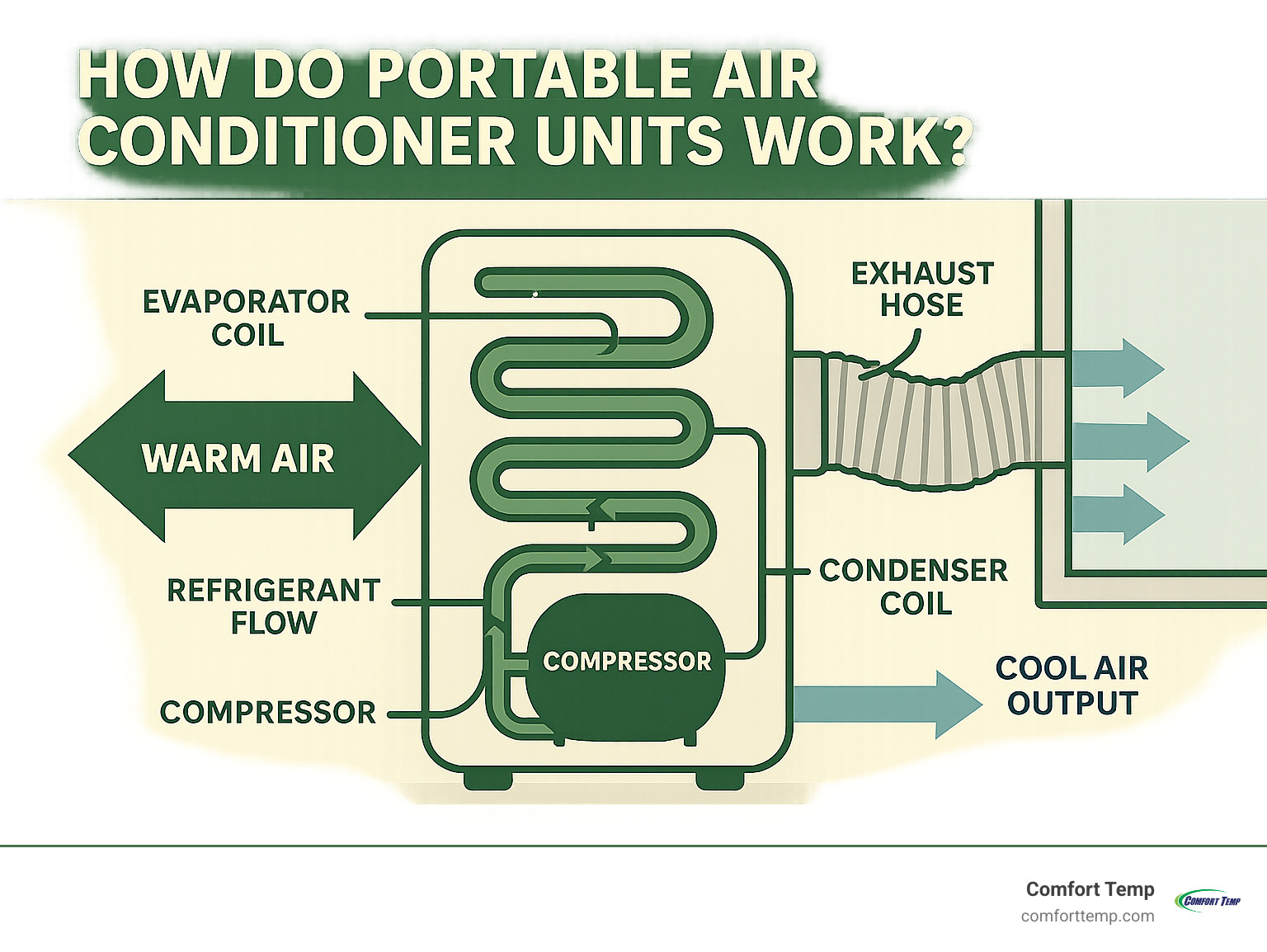
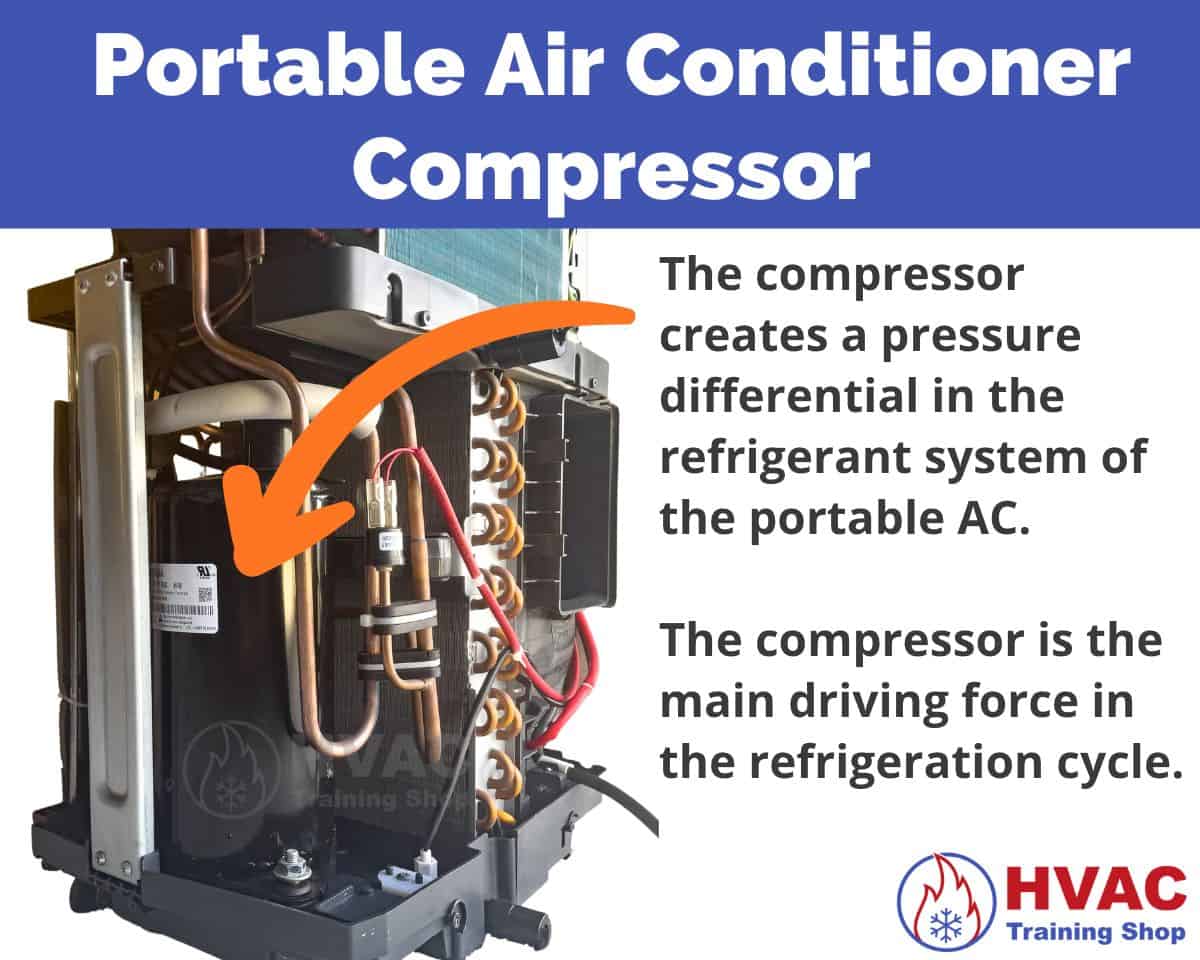
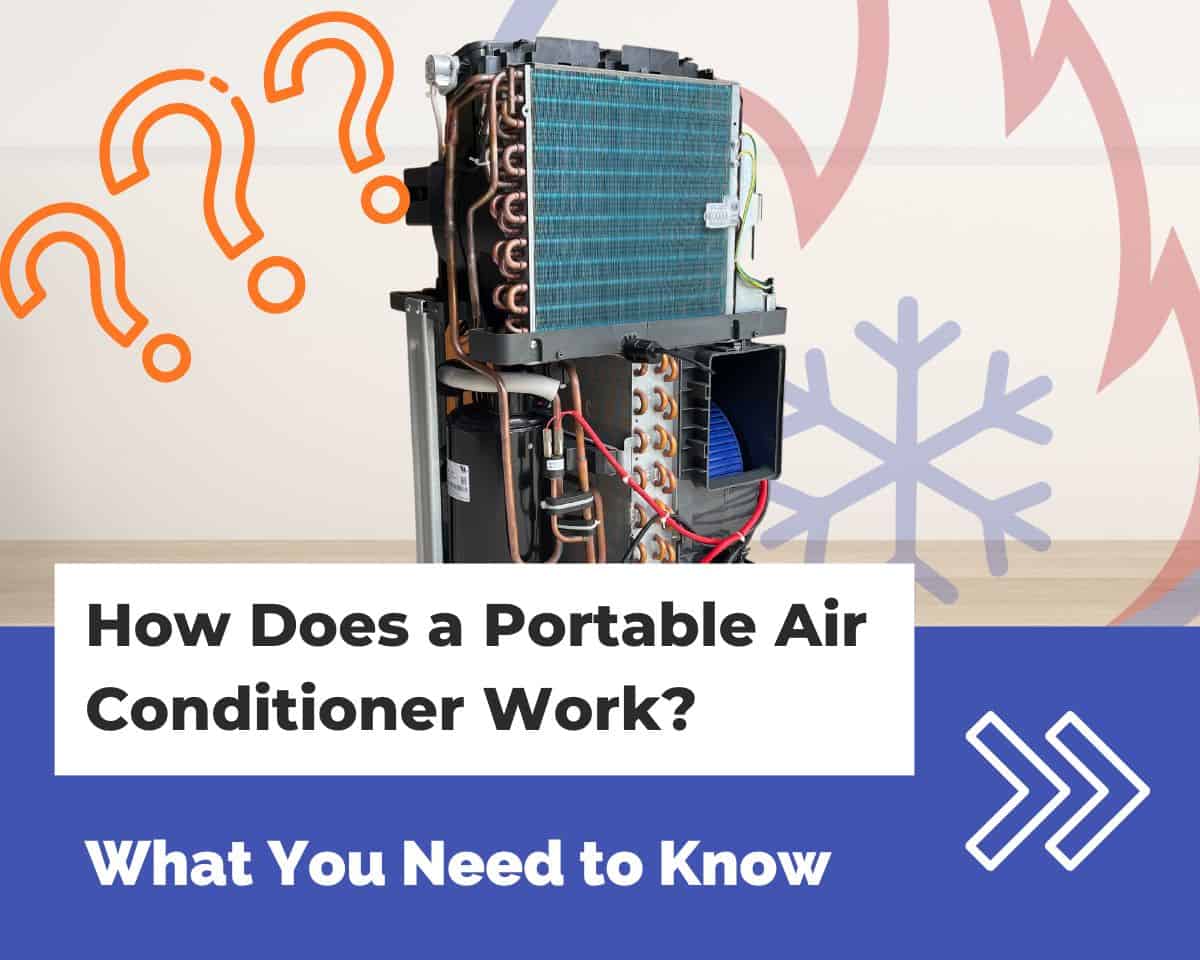
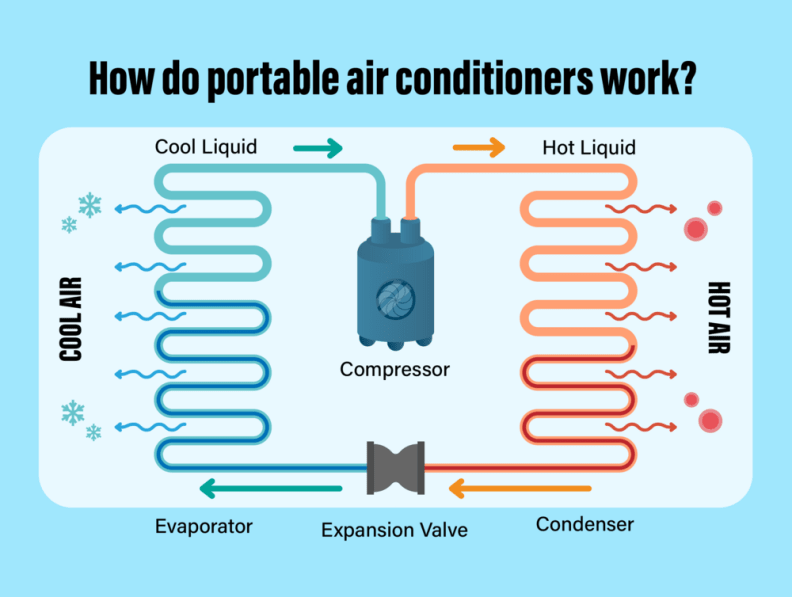
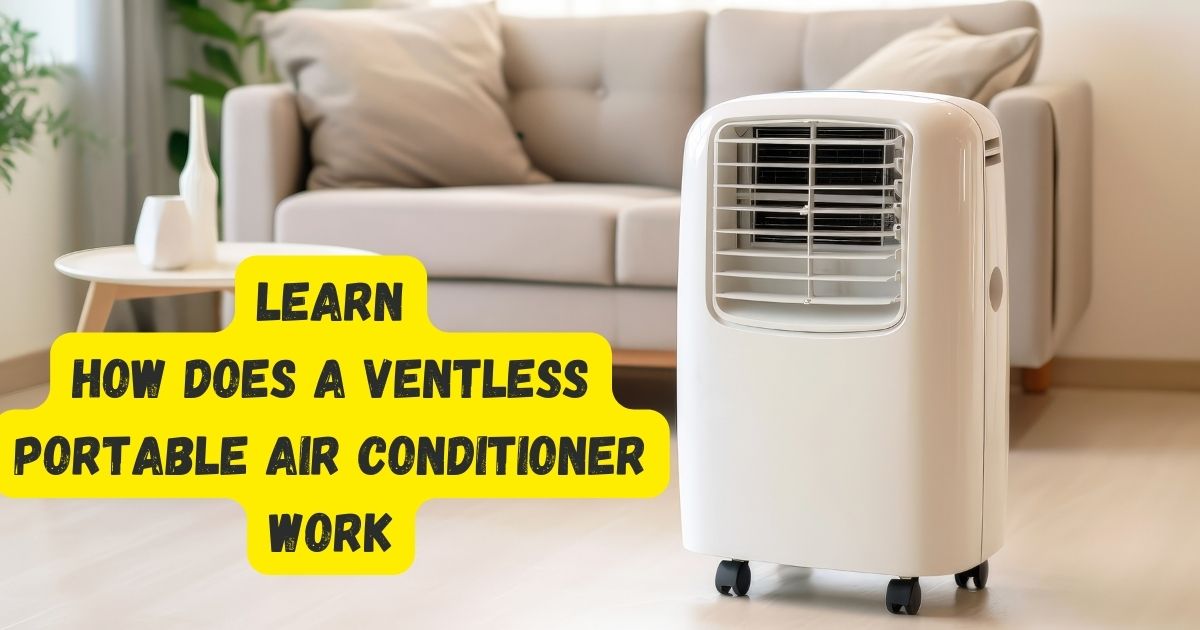
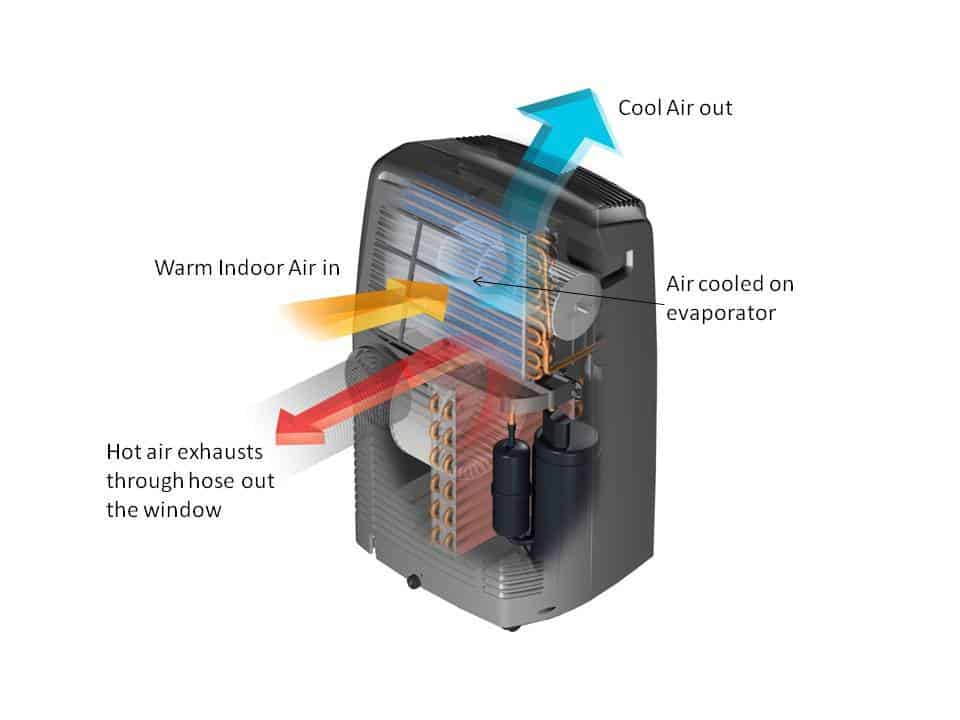
.jpg)
